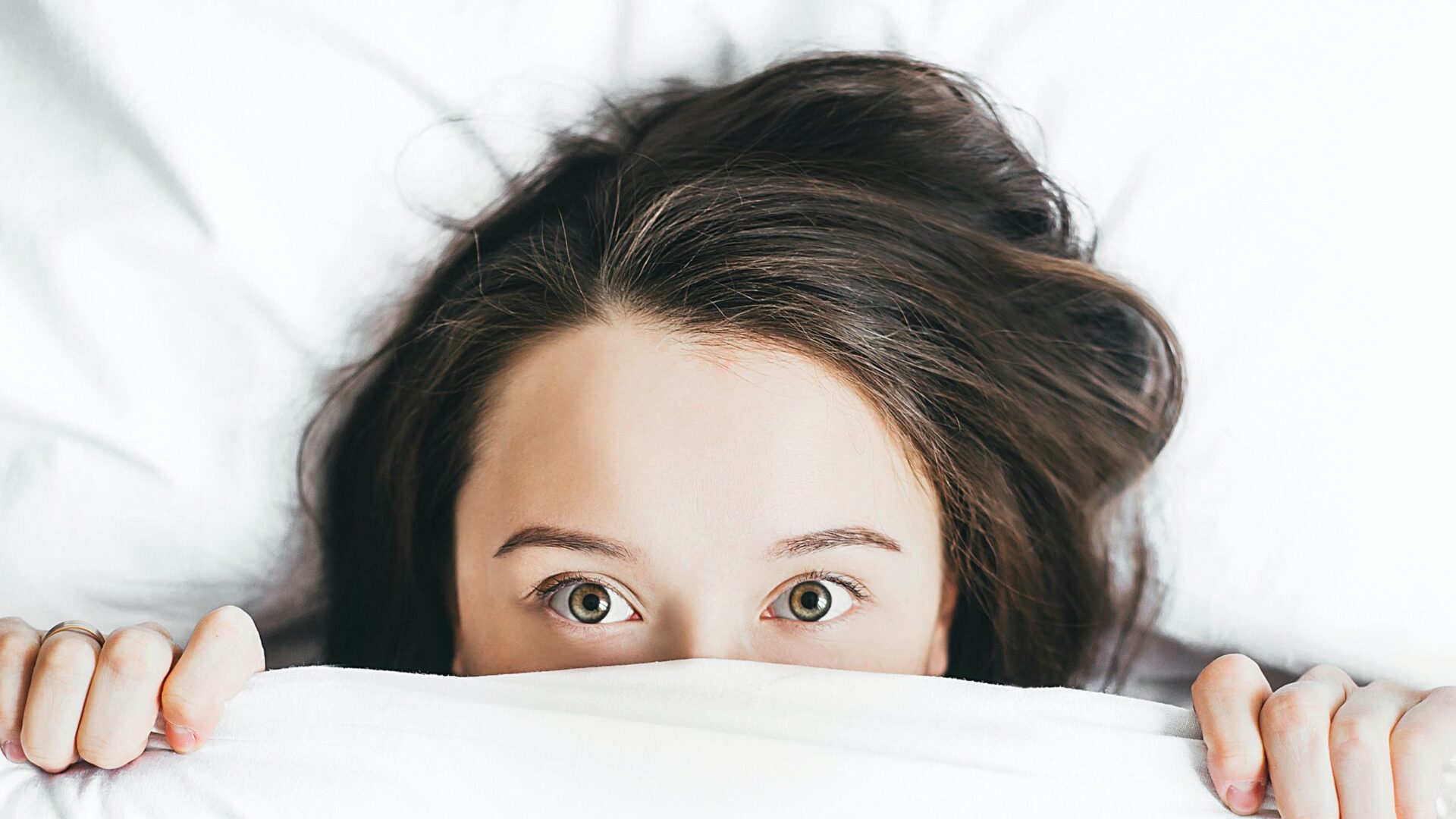Comprehensive Study on Phobias: Unraveling the Fears of the Human Mind
Introduction:
Phobias are irrational and overwhelming fears of specific objects, situations, or activities. They trigger intense anxiety and distress, leading individuals to engage in avoidant behaviors. Phobias can significantly impair daily functioning and quality of life if left untreated. This comprehensive study aims to explore the various types of phobias, shedding light on their definitions, symptoms, and potential treatment approaches.
- Acrophobia:
Acrophobia is the fear of heights. Individuals with acrophobia experience extreme anxiety when in high places, such as tall buildings, bridges, or mountain edges. They might avoid such situations or engage in avoidant behaviors to cope with their fear.
- Arachnophobia:
Arachnophobia is the fear of spiders. Those with arachnophobia may experience extreme anxiety or panic when encountering spiders, leading to avoidance of areas where spiders may be present.
- Claustrophobia:
Claustrophobia is the fear of enclosed spaces. Individuals with claustrophobia feel trapped and experience intense anxiety when in confined spaces such as elevators, small rooms, or crowded places.
- Hemophobia:
Hemophobia is the fear of blood. Individuals with hemophobia may feel faint or nauseous when exposed to blood or medical procedures involving blood.
- Social Phobia (Social Anxiety Disorder):
Social phobia, also known as social anxiety disorder, is the fear of social situations and scrutiny by others. Those with social phobia may avoid social gatherings, public speaking, or interactions with strangers due to fear of embarrassment or judgment.
- Agoraphobia:
Agoraphobia is the fear of situations from which escape may be difficult or embarrassing. Individuals with agoraphobia may fear crowded places, open spaces, or being far from home and may avoid leaving their safe spaces altogether.
- Zoophobia:
Zoophobia refers to the fear of animals. It can include specific phobias of animals such as dogs (Cynophobia), cats (Ailurophobia), or snakes (Ophidiophobia).
- Aerophobia:
Aerophobia is the fear of flying. Individuals with aerophobia may experience panic attacks or severe anxiety when traveling by airplane.
- Nyctophobia:
Nyctophobia is the fear of darkness or the night. Individuals with nyctophobia may experience anxiety or distress when in dark environments.
- Trypophobia:
Trypophobia is the fear of clustered holes or patterns. Individuals with trypophobia may experience anxiety or aversion when exposed to objects or images with clustered holes, such as honeycombs or lotus seed pods.
- Emetophobia:
Emetophobia is the fear of vomiting or seeing others vomit. Those with emetophobia may avoid situations that could lead to vomiting, such as eating certain foods or being around sick individuals.
- Dentophobia:
Dentophobia is the fear of dentists or dental procedures. Individuals with dentophobia may avoid dental appointments, leading to dental neglect.
- Thanatophobia:
Thanatophobia is the fear of death or dying. Individuals with thanatophobia may experience anxiety or distress when contemplating their mortality or being in life-threatening situations.
- Uranophobia:
Uranophobia is the fear of heaven or celestial phenomena. Individuals with uranophobia may experience anxiety or distress when confronted with the night sky, stars, or celestial events.
- Tomophobia:
Tomophobia is the fear of surgical procedures or surgery. Individuals with tomophobia may experience extreme anxiety or panic when facing the prospect of undergoing surgery.
- Germophobia:
Germophobia, also known as mysophobia, is the fear of germs and contamination. Those with germophobia may engage in excessive handwashing or avoidance of public places to prevent exposure to germs.
- Selenophobia:
Selenophobia is the fear of the moon. Individuals with selenophobia may experience anxiety or distress when exposed to the moon or lunar events.
- Wiccaphobia:
Wiccaphobia is the fear of witches or witchcraft. Those with wiccaphobia may experience extreme anxiety or panic when confronted with witchcraft-related imagery or beliefs.
- Coulrophobia:
Coulrophobia is the fear of clowns. Individuals with coulrophobia may experience intense anxiety or fear when encountering clowns, leading to avoidance of circuses or events involving clowns.
- Sanguivoriphobia:
Sanguivoriphobia is the fear of vampires or the fear of being bitten. Those with sanguivoriphobia may experience distress when exposed to vampire-related media or stories.
- Ophidiophobia:
Ophidiophobia is the fear of snakes. Individuals with ophidiophobia may experience intense anxiety or panic when encountering snakes, leading to avoidance of areas where snakes may be present.
Conclusion:
Phobias are diverse and complex anxiety disorders that can significantly impact an individual’s life and well-being. This comprehensive study has explored a wide range of phobias, from common ones like acrophobia and arachnophobia to more specific fears like wiccaphobia and sanguivoriphobia.
Understanding the different types of phobias and their symptoms is essential in recognizing and seeking appropriate treatment for these anxiety disorders. Treatment approaches for phobias may include cognitive-behavioral therapy (CBT), exposure therapy, or medication. Seeking professional help from mental health experts can assist individuals in managing and overcoming their phobias, allowing them to lead fulfilling and anxiety-free lives.
By shedding light on the vast spectrum of phobias, we aim to raise awareness about these anxiety disorders and promote empathy and understanding for those who grapple with these irrational fears. With continued research and therapeutic advancements, individuals with phobias can find effective ways to confront their fears and reclaim control over their lives, embarking on a journey of healing and self-empowerment.



